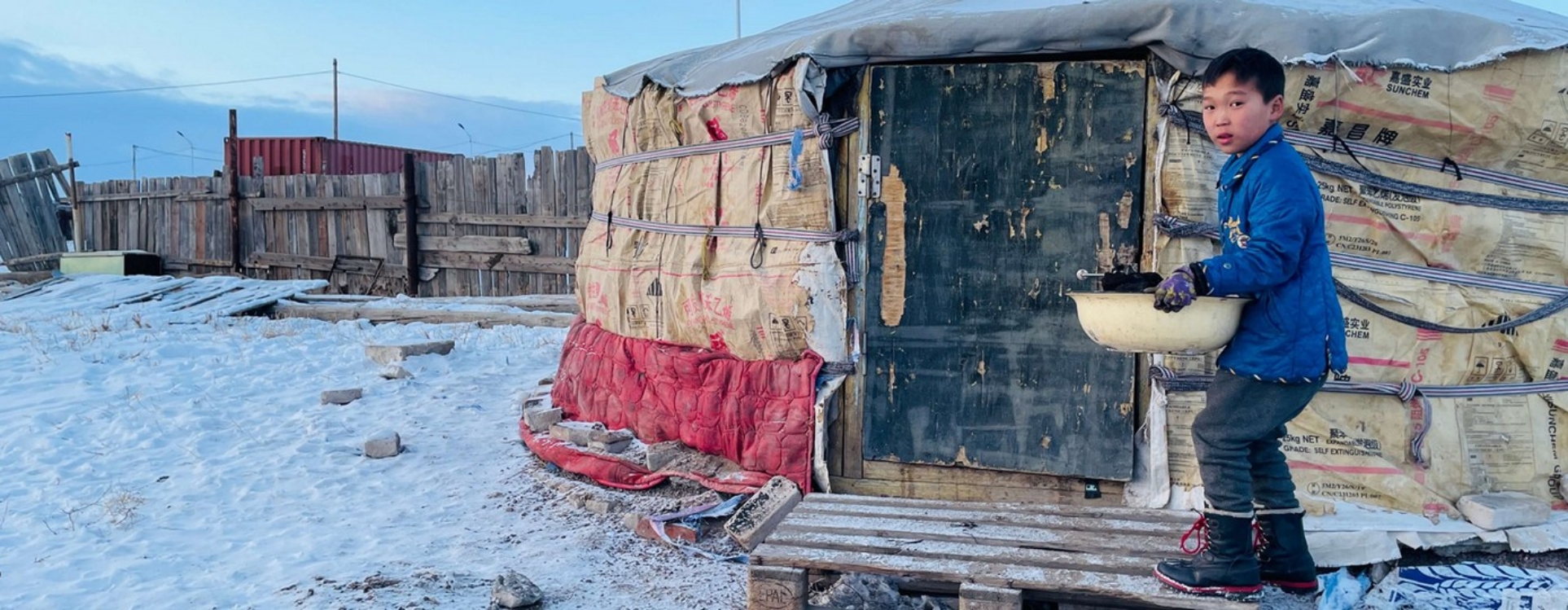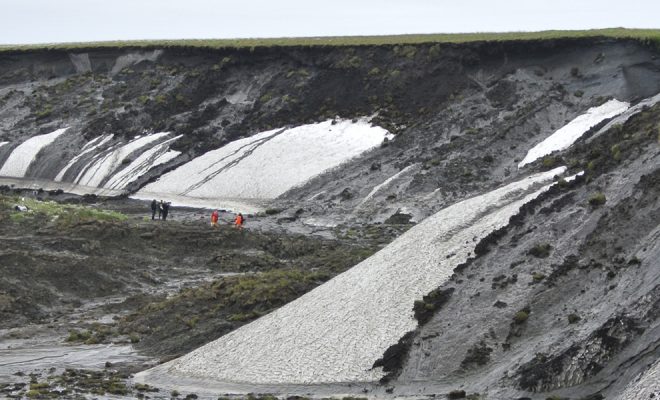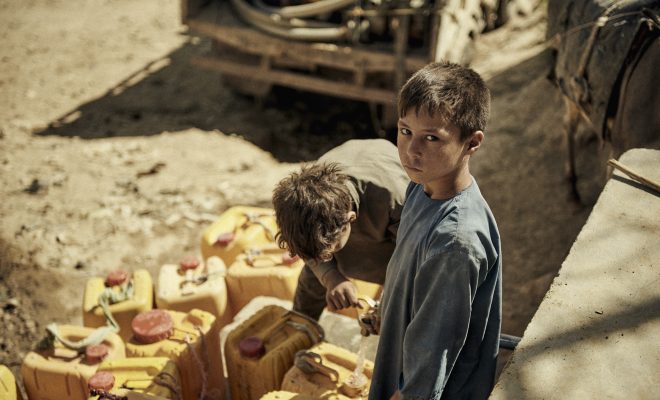Last winter, students at Khan-uul Primary School, in the remote province of Dornod, Mongolia, were unable to use the bathroom. Temperatures of more than -40°C froze the already full pit latrines, and the layer of ice forced the children to defecate outdoors or wait in long lines to use the limited indoor facilities.
Inside the school, there is no potable water, so students must wait until lunchtime to drink water fetched from a nearby well—assuming it isn’t frozen. There is also no hot water, as electricity is too expensive, and the children have to wash their hands in water close to freezing.
The consequences of such conditions are predictable: high rates of infectious diseases and school absenteeism. During the 2022-2023 school year, 25 cases of diarrhea, a disease endemic in rural Mongolian schools, were reported.
We have launched a project at this school to provide resilient water, sanitation, and hygiene facilities for more than 700 students—more than double the school’s original capacity.
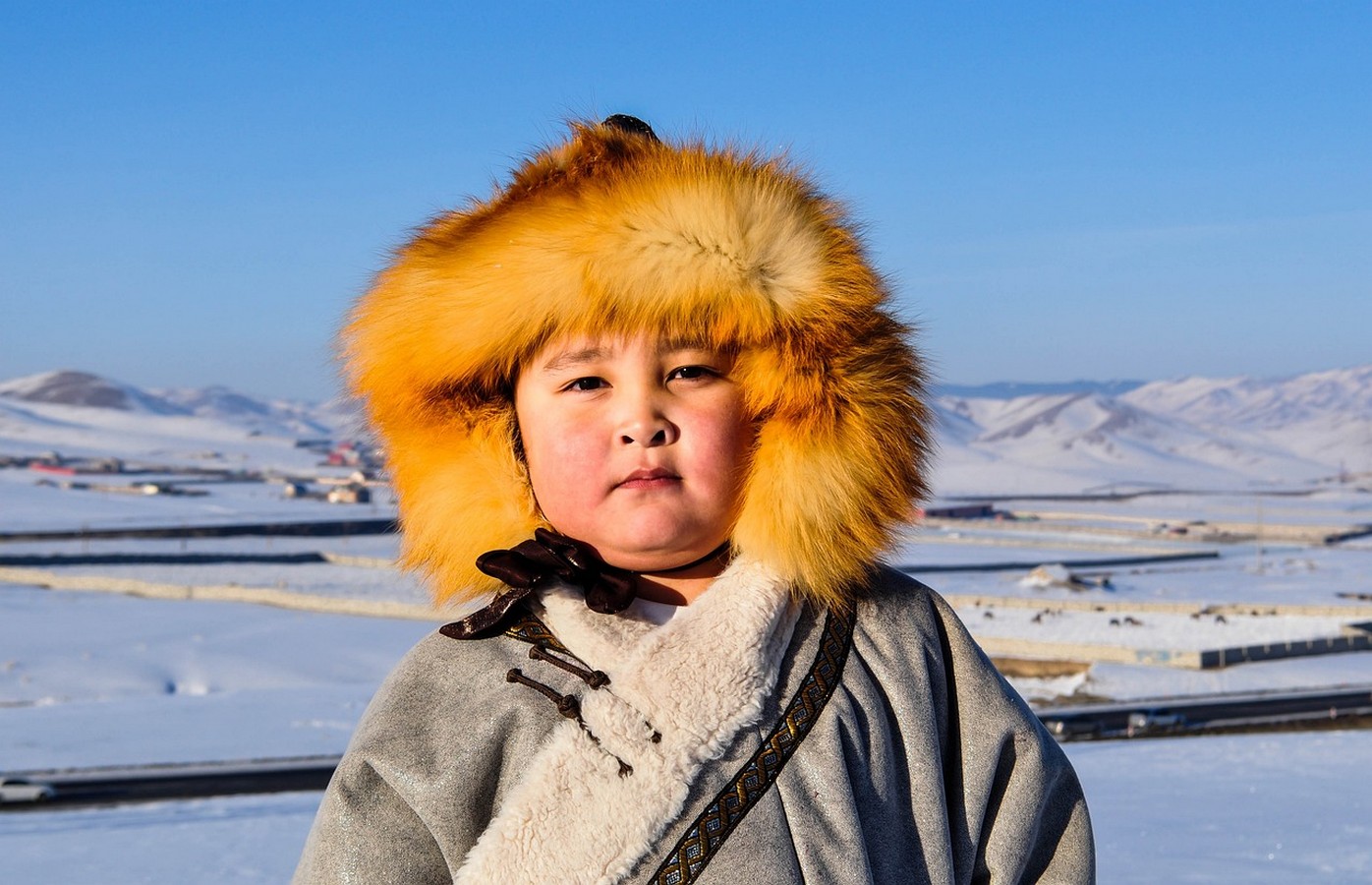
A new project in a school in Mongolia reveals the vulnerability of water and sanitation facilities in remote areas subjected to extreme cold. © Pixabay
Fighting the Cold with a Comprehensive Approach
Our intervention is based on a systemic approach to water access, sanitation, and energy provision. We are helping to build deep wells (60-70 meters) and a solar-powered distribution system in the schoolyard. The system is also designed to irrigate a vegetable greenhouse to support the school’s lunch program. The school will also have a sewage system with greywater separation and treatment technology.
Beyond the school, community members will have access to clean water for their families, benefiting over 2,000 people. The solar energy system pumps water and powers a heater that takes advantage of the region’s average of 250 sunny days a year, helping reduce reliance on the electrical grid or coal for heating.
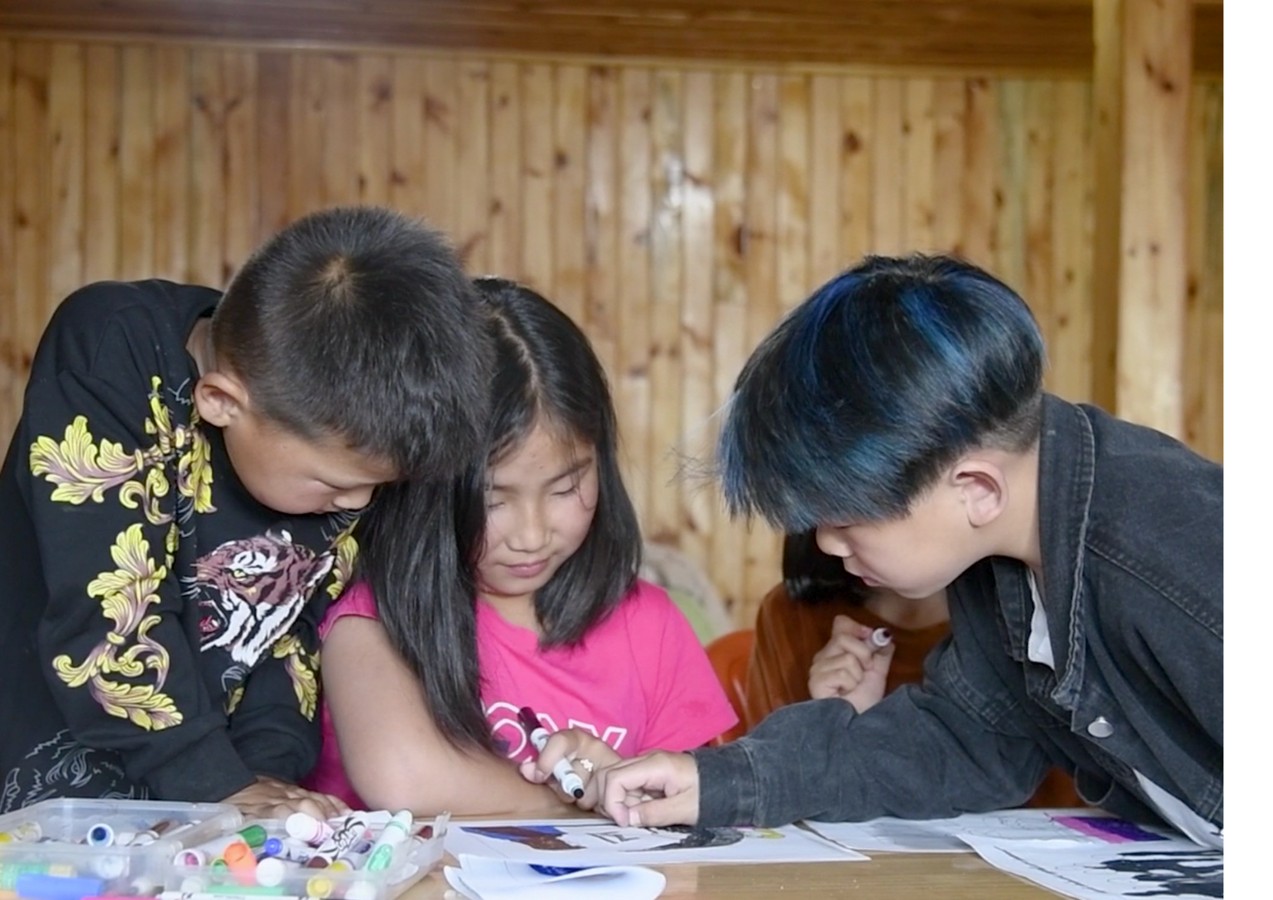
Beyond the school, community members will have access to clean water for their families, benefiting over 2,000 people.
The Impact of Freezing
The situation at Khan-uul School is representative of many rural communities in Mongolia. According to the Joint Monitoring Programme (JMP), more than 15% of the rural and slum population still practices open defecation due to a lack of facilities and extreme cold. Hygiene deficiencies also severely affect schools: in 2021, almost 25% of students in rural areas—about 81,000 children—did not have access to hygienic services at school.
This situation remained under the radar until the UN, through UNICEF, organized the “Sanitation in Cold Climate” expert meeting in Ulaanbaatar, Mongolia’s capital. The goal was to analyze the problems and propose solutions to a reality that, according to the World Bank, potentially affects some 188 million people who endure temperatures below -10°C for at least four months each year.
As usual, the problems are worse in poorer communities, which depend on old, inadequate infrastructure. In these areas, water freezes at the permafrost level, causing water supply pipes to crack (since frozen water expands), and the same issue affects pit latrines, as seen at Dornod School.
When latrines are nearly full and the upper layers freeze, waste cannot seep downward, forcing the contents to exit through the discharge holes, leading to surface overflows or waste leakage through cracks. In addition to rendering the facilities unusable, this turns the area into a health hazard, increasing the risk of diarrheal diseases, especially when spring thaw accelerates the spread of faecal matter. The WHO reports that diarrhoea is responsible for 6% of deaths in children under five in Mongolia.
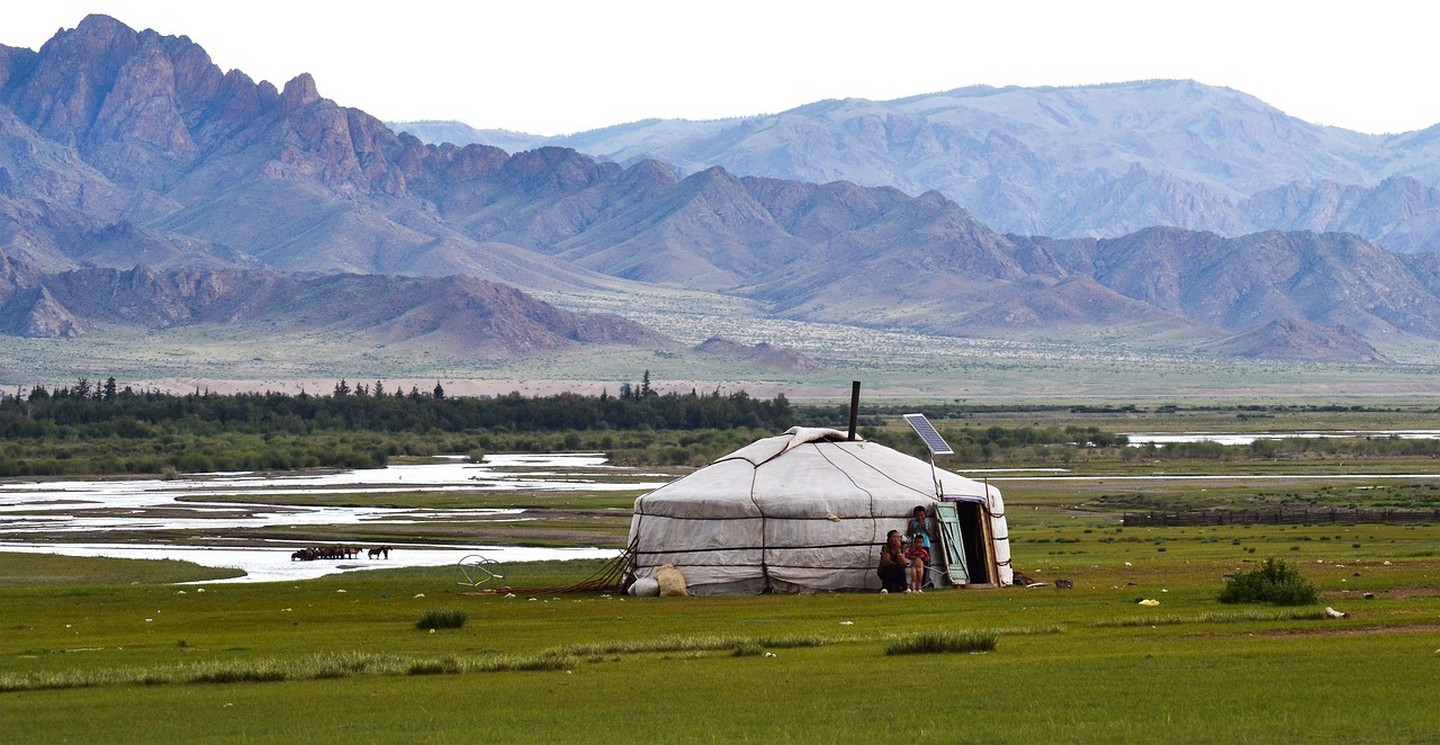
According to the Joint Monitoring Programme (JMP), more than 15% of the rural and slum population still practices open defecation due to a lack of facilities and extreme cold. © Jacqueline Macou en Pixabay
Climate Change Worsens Extreme Cold
While global warming is reducing the number of cold waves, the IPCC warns that some are bringing temperatures much colder than usual for the season, intensifying their impacts on human health, transportation systems, water infrastructure, and energy distribution. Integrated interventions like the one we have implemented in Dornod provide a roadmap for addressing this little-known but widespread and destabilizing problem in vast boreal regions with continental and alpine climates.


